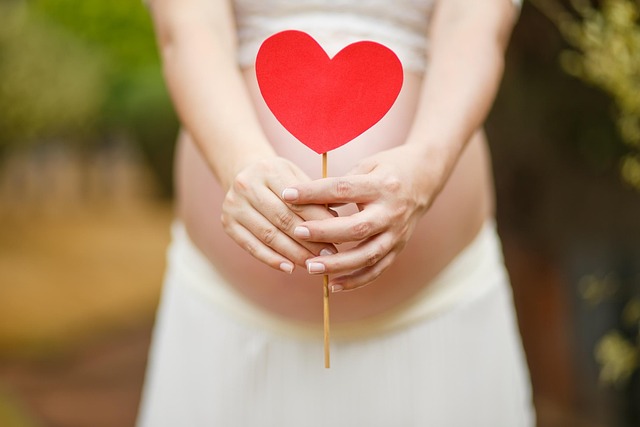In discussing autism with my 12-year-old son, I often remind him that, similar to how no two snowflakes are identical and everyone has distinct fingerprints, autism manifests in various ways. As he grows older, he becomes increasingly aware of others who share his diagnosis.
“Mom, there’s this boy at my tutoring session who acts strange. He just gets up and starts going through the teachers’ things without asking!” he remarks, curiosity evident in his voice.
I nod quietly, knowing a deeper conversation is ahead. “He has autism like me. Do I act weird too?” he asks, his concern clear.
“Each person’s experience with autism is unique. Remember when we talked about the spectrum? It’s like a rainbow. Some individuals are at one end, looking for their pot of gold, while others are just beginning to emerge from the clouds. In between, there are countless paths and travelers.”
He gazes out the window, contemplating my words as the scenery blurs by.
“What about Ben from school? He’s hurt other kids, and he has autism. I never touch anyone,” he challenges.
“Yes, I understand. Ben’s autism might express itself through aggressive behavior,” I respond, preparing for the next question. My son has a knack for cutting through the fluff; honesty is his foundation.
“How do you know I have autism? If it’s so different for everyone, maybe I don’t have it,” he says, his voice tinged with uncertainty.
I tighten my grip on the steering wheel, knowing this conversation is crucial. “Do you remember Dr. Stevens?” I ask, referring to the specialist who diagnosed him two years ago.
“Yes,” he replies.
“Remember the tests and questions you went through with her? That assessment is specifically designed to identify autism. Based on your answers, her observations, and input from your dad and me, along with feedback from your school, she concluded that you fall on the autism spectrum.”
As rain patters against the windshield, the rhythmic sound fills the car. The sun has set, leaving us in twilight as traffic lights flicker in the distance. My son is quiet again, lost in thought.
“How did I get autism?” he inquires.
“Well, you don’t catch it like a cold. You’re born with it,” I clarify, thankful that he opens up about his questions rather than keeping them bottled up.
“Why do I have autism when nobody else in our family does?” he asks, his eyes wide with curiosity.
“You know how everyone has chromosomes, a mix of recessive and dominant genes? Just like how Dad has dark hair and your cousin has light? The alignment of these genes is what makes each of us unique, even with the same parents. It’s like your passion for history compared to your sister’s interest in art. Those differences create who we are.”
He seems to accept my explanation. As we navigate through the rain, I can sense his struggle to understand where he fits on the spectrum. It’s a nuanced topic, especially for a 12-year-old boy seeking clarity in a complex world.
For parents navigating similar conversations, resources such as Healthline’s guide on intrauterine insemination and our article on cryobaby home intracervical insemination can provide valuable support.
In summary, it’s essential to recognize that autism is not a one-size-fits-all diagnosis; each individual’s experience is distinct. Encouraging open dialogue and providing accurate information can help demystify this spectrum for children and their families alike.
